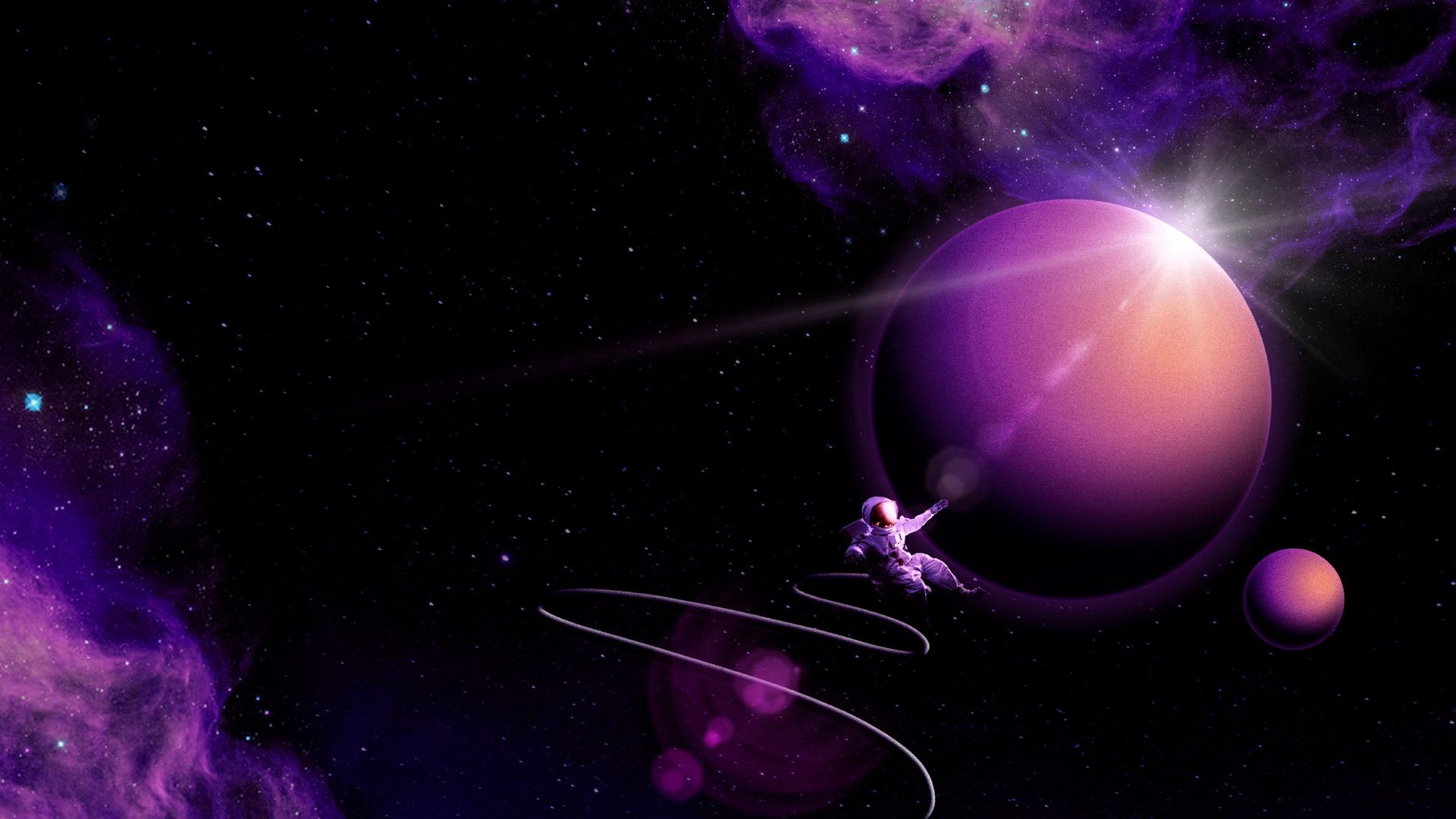
Get started with Unity Mars

Advanced tools and workflows for AR developers
Unity Mars helps you speed up the development process and reduce some of the unique frustrations of building AR apps. Get started quickly with templates and discover tools to help with dynamic environments and objects. Rules and proxies enable plain-language authoring, while Mars Simulation lets you test in-Editor.
Dive into AR development with Unity Mars
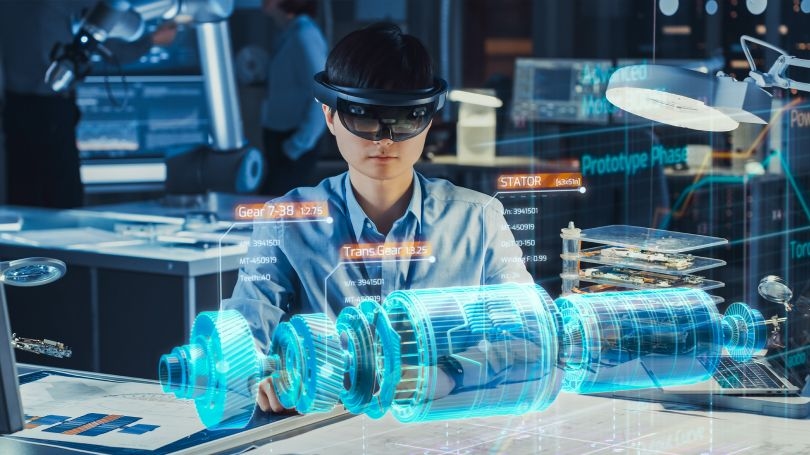
Documentation
Learn key concepts and tips to get started in this comprehensive guide to Unity Mars.
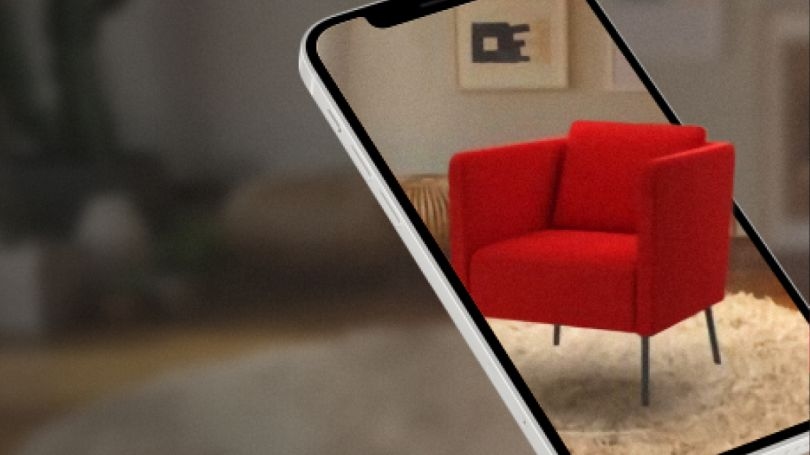
Try Unity Mars for free
Unity Mars comes with a 45-day free trial. It's also included with Unity Pro, Unity Enterprise, and Unity Industry.
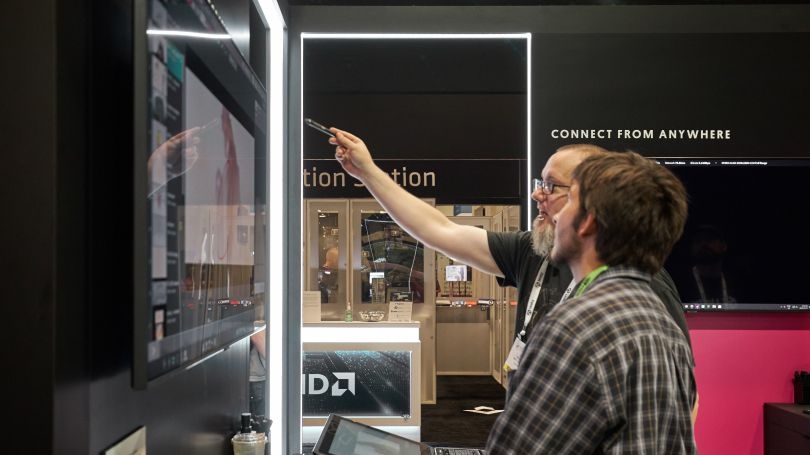
Unity Mars 101
Explore Unity Mars with this Unity Learn course. Step-by-step instructions help you navigate the UI, learn key concepts, and how to build your completed project.

Join the Unity Mars Forum
Ask questions, get advice, and stay up to date on the latest developments. Join our thriving community of AR devs and Unity Mars users.
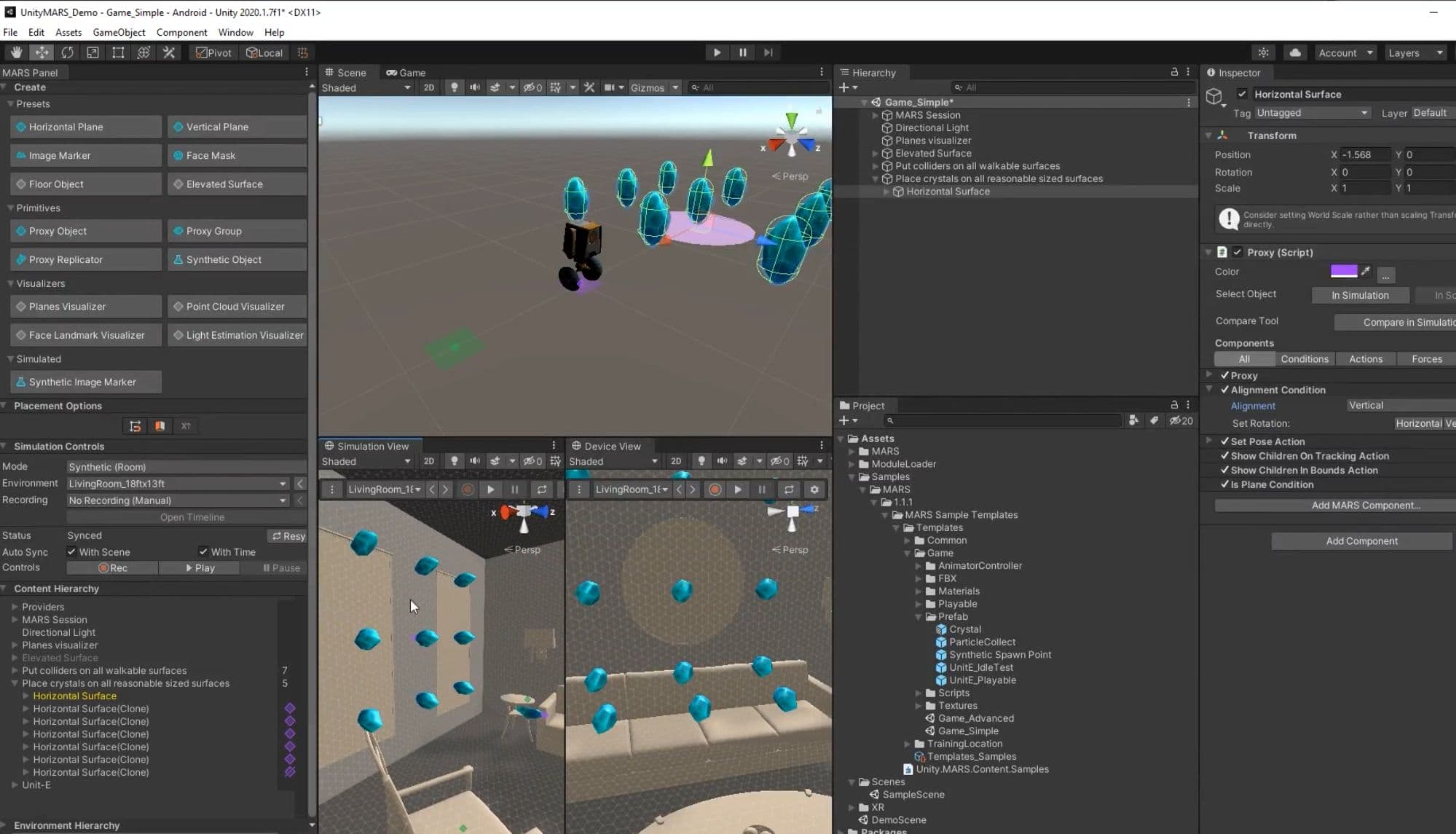
Simulation view
Unity Mars Simulation system helps to speed up your development process. You can use Simulation to test your AR app within the Editor instead of deploying to a device, reducing iteration time. Use Prefabs or your own defined environments, which act as snapshots of the real world, to see how AR content might interact with surfaces and other world data.
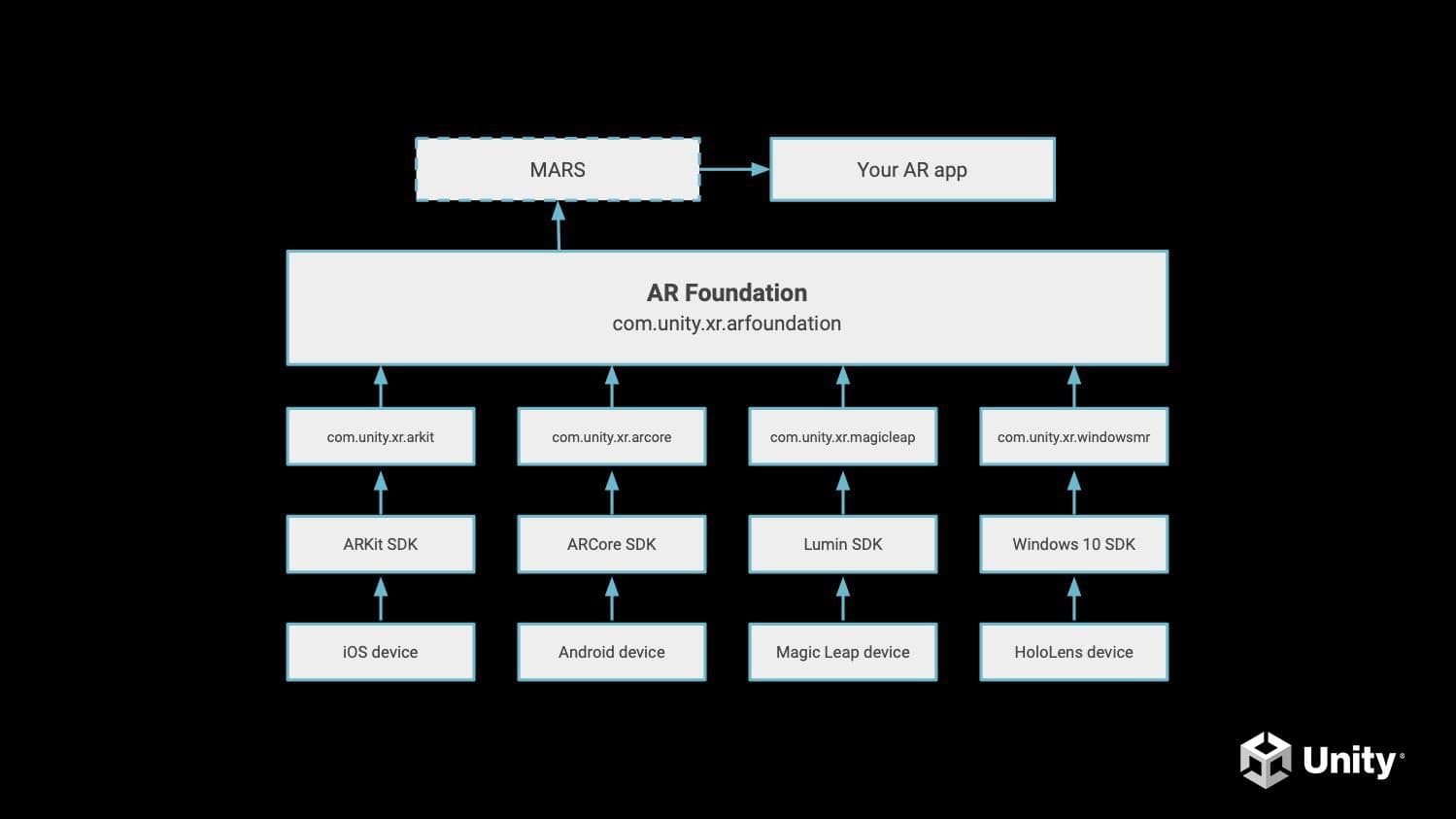
Unity Mars works with AR Foundation
Unity’s AR Foundation provides the abstraction layer between AR device providers and Unity. Together, Unity Mars and AR Foundation help you deploy to ARCore, ARKit, and HoloLens devices. Data from AR Foundation can be used in Unity Mars’s Simulation feature. Learn how they work together in our session on building games for AR.
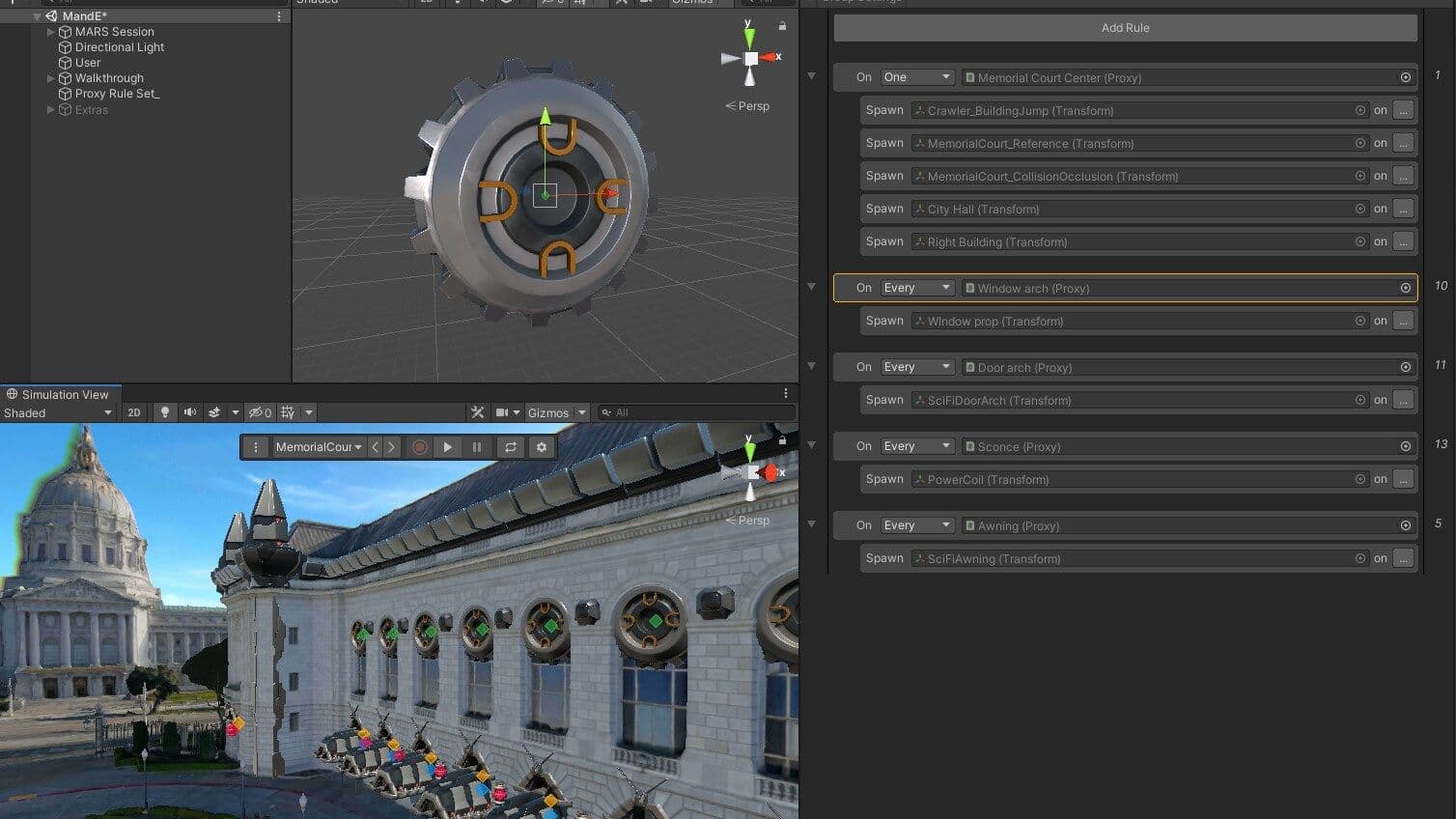
Plain-language authoring with Rules workflow
The Rules workflow is a UI view and method for describing AR layout and behavior in plain language. This provides you with a clear starting point for creating your AR experiences and an easy way to manage hierarchies and describe interactions. For example, you could create a Rule which would add dressing to every window in a given scene.
The Rules workflow has advanced features like Proxy Groups, which lets you query for a number of real objects. For example, you could identify a series of images in an art gallery and provide AR overlays.
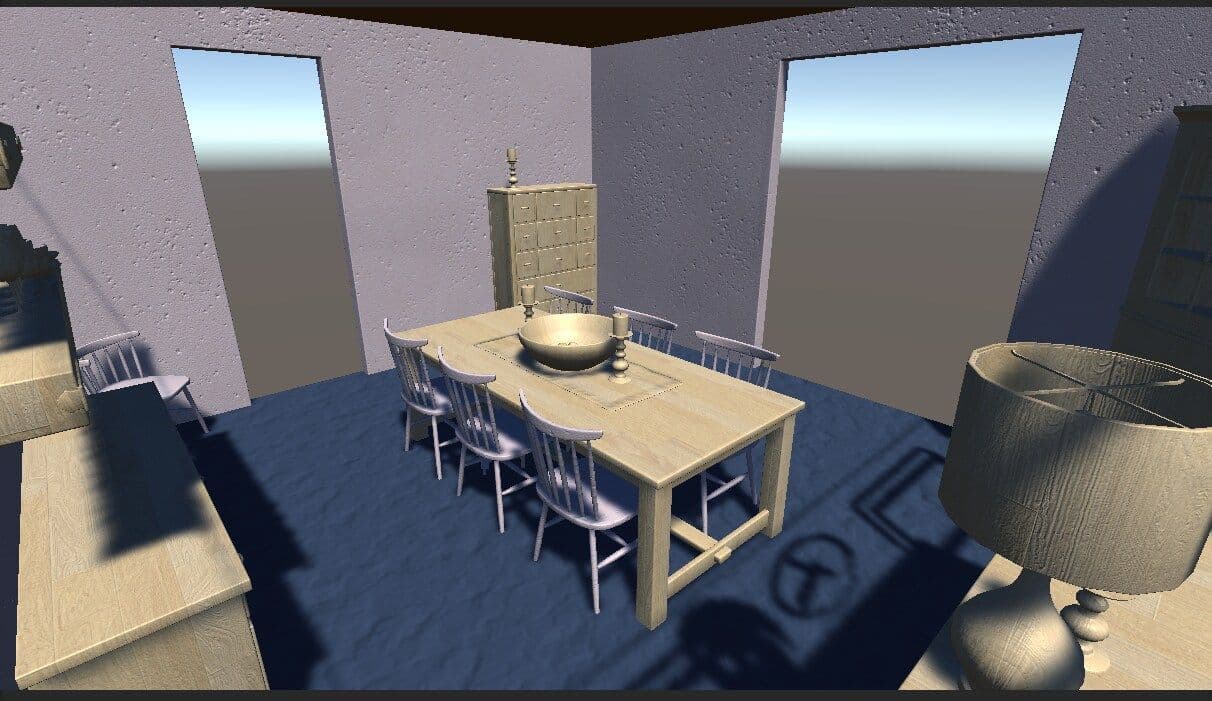
Learn what’s new with Unity Mars 1.4
Unity Mars 1.4 brings two new features, meshing and Project Validation. Updates to the Simulation system make it easier to work with. Meshing helps with improved occlusion and physics, so AR content behaves and looks better. The Project Validation tool automates platform configuration to ensure that your app deploys seamlessly to ARCore, ARkit, and HoloLens devices. The Simulation view has received a UX overhaul, simplifying its configuration.
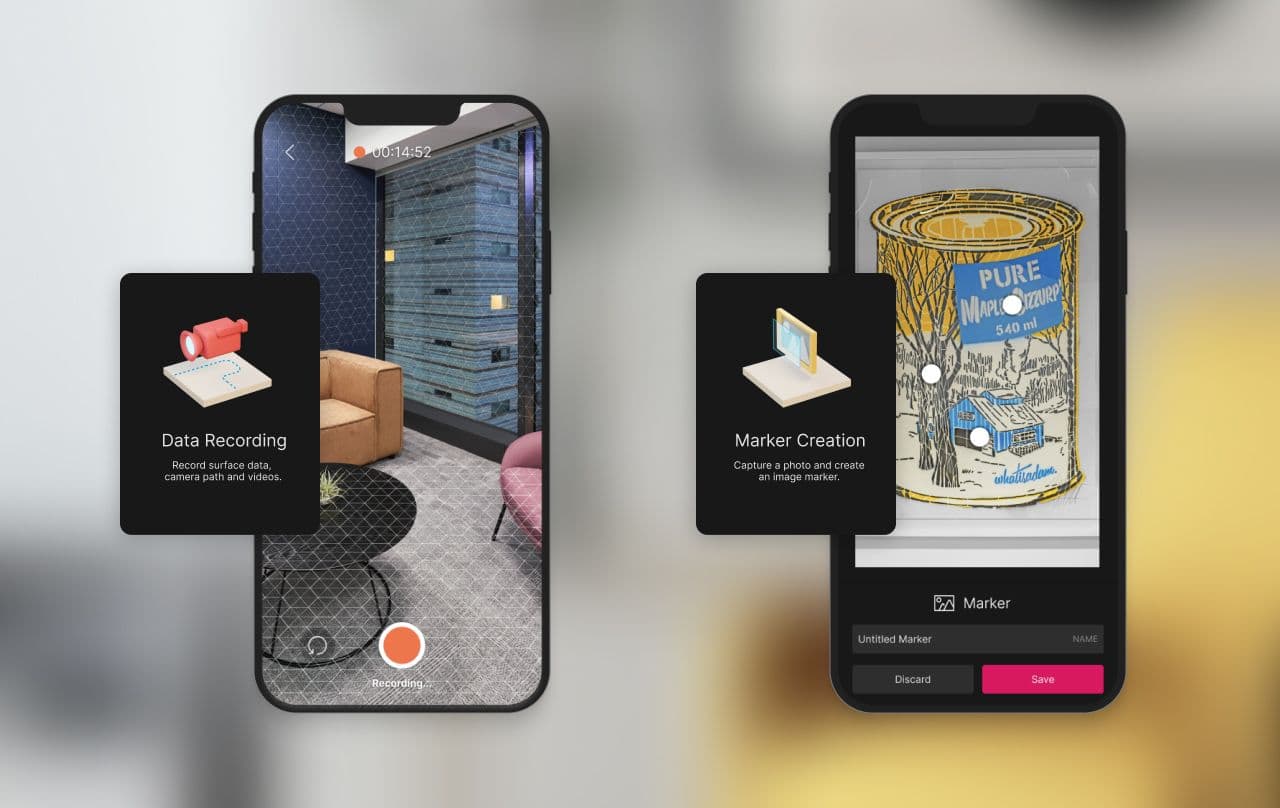
Unity Mars and the AR Companion app
The AR Companion app (ARCA) helps save time by capturing environment data with mobile devices and provides tools for light AR scene authoring on device. You can bring local or remote data, videos, photos, and objects from mobile devices to the Unity Editor via cloud sync, while on-device authoring enables you to mock up scenes for faster prototyping.
Data captured from the AR Companion app can be used in Mars to create Simulation views, add objects to scenes, create image markers, and more. Unity Mars customers get 10 GB of cloud storage for syncing data between mobile devices and the Editor.

How to get Unity Mars
Unity Mars, Unity Pro, Unity Enterprise, and Unity Industrial Collection customers can download and install Unity Mars for Unity 2019 LTS or higher.
To use Unity Mars, download the installer below and import MARS_Installer.unitypackage into your Unity project via Menu > Assets > Import Package > Custom Package.